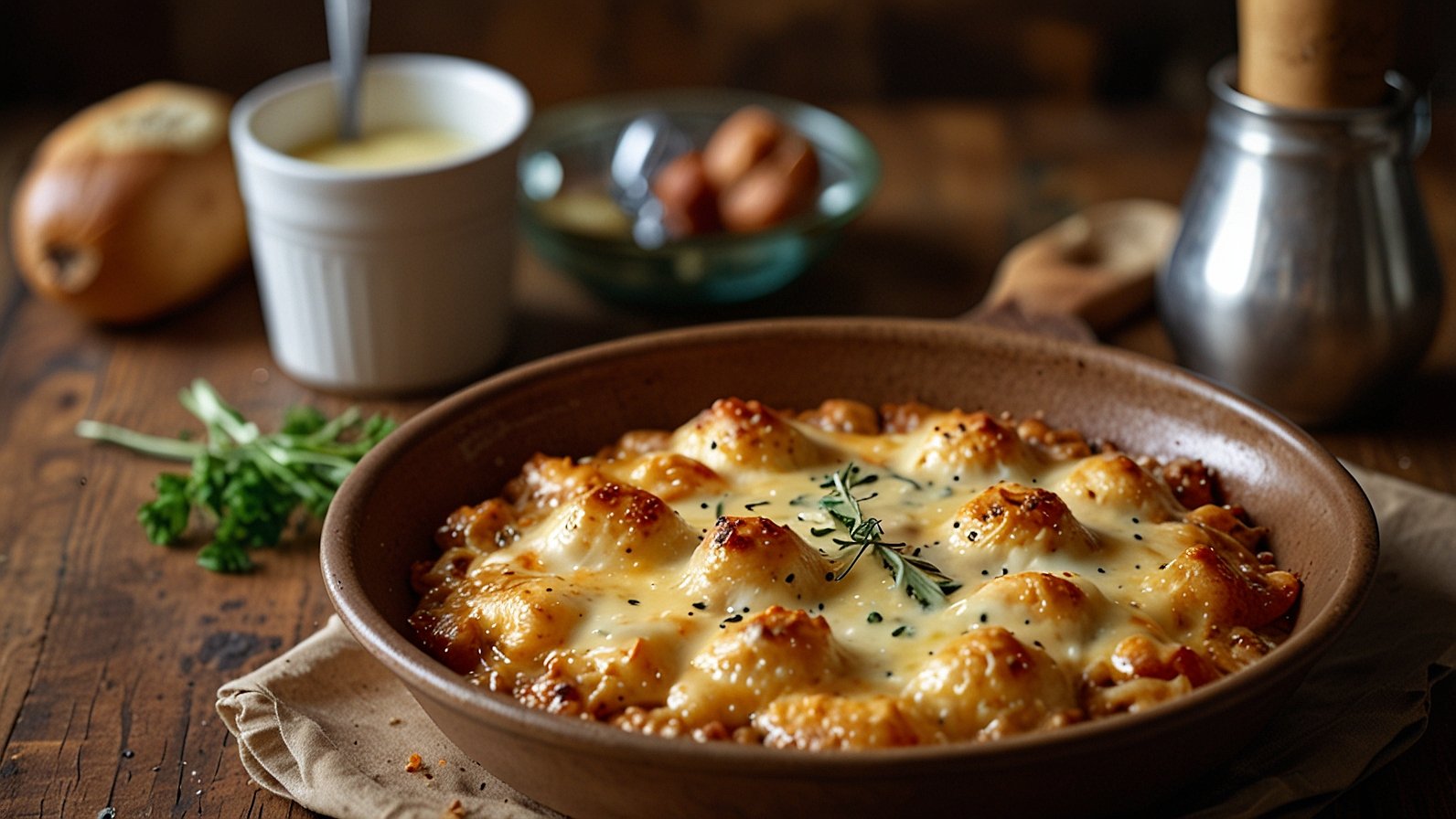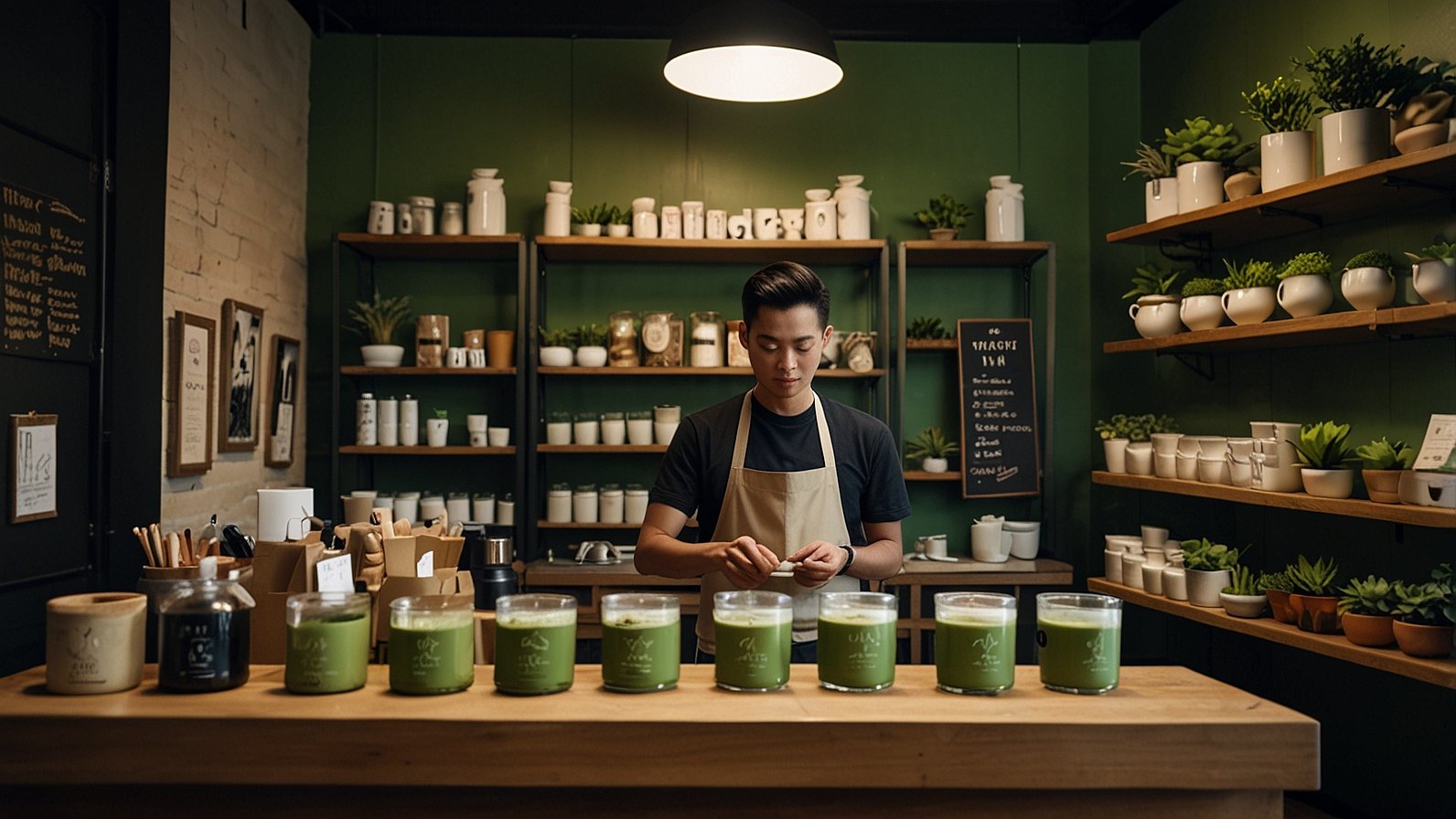Have you ever walked into an Italian-American family’s kitchen on a Sunday afternoon and been greeted by the unmistakable, heavenly aroma of tomatoes, garlic, and baking cheese? If you peeked into the oven, you might have seen a bubbling, golden-brown pasta casserole. You’d call it manicotti. But ask the nonna pulling it out with her well-worn mitts, and she might just call it mannacote. This delightful variation in name isn’t a different recipe; it’s a testament to the beautiful, regional evolution of immigrant food traditions. It’s the same soul-warming dish of stuffed pasta, rich cheese, and robust sauce, but the name carries the accent of a specific home, a specific family. So, what exactly is this beloved comfort food, and why does its name dance between manicotti and mannacote? Let’s unravel the delicious story.
The Heart of the Home: Defining Mannacote
At its core, mannacote is the ultimate expression of cucina casalinga—home cooking. It’s a baked pasta dish designed to feed a crowd, evoking feelings of warmth, family, and celebration. While the name might sound exotic, its essence is beautifully simple.
The Anatomy of a Classic Dish
Imagine large pasta tubes, often ridged and about four inches long. These are the vessels, the “sleeves” waiting to be filled. The filling is typically a luxurious, creamy blend of whole-milk ricotta cheese, often bolstered by shredded mozzarella for stretch and grated Parmesan or Romano for a salty, nutty kick. This cheesy base is frequently enhanced with fresh parsley, a pinch of black pepper, and sometimes a single egg to bind it all together. For many families, the addition of cooked spinach or ground meat like beef or sausage transforms it into a heartier meal.
The Assembly and Bake
Once these pasta sleeves are stuffed to the brim, they are arranged snugly in a glass or ceramic baking dish. They’re then smothered in a vibrant, often simple marinara sauce, topped with another generous layer of shredded cheese, and baked until the entire concoction is hot, bubbly, and irresistibly golden on top. The result is a masterpiece of contrasting textures: tender pasta, creamy filling, and tangy sauce.
A Tale of Two Names: Mannacote vs. Manicotti
Why the confusion? The story is one of immigration, dialect, and the natural evolution of language.
The Italian Roots
The word “manicotti” comes from the Italian manica, meaning “sleeve,” with the ending -otti implying something large. So, literally, “large sleeves.” This is the term you’ll find on pasta boxes in most supermarkets and in the majority of cookbooks. It’s the standardized, widely accepted name.
The Colloquial Twist: Mannacote
Mannacote is a beautiful example of a colloquialism. As Italian immigrants settled across the United States, particularly in the Northeast, their regional dialects blended with the English language. Pronunciation shifted over generations. “Manicotti” (man-i-COT-tee), in certain accents and households, naturally softened and morphed into “mannacote” (man-a-COTE). It’s not “wrong”; it’s a linguistic artifact, a sign of a living, breathing food tradition passed down orally through families rather than through formal recipes.
Mannacote at a Glance
| Aspect | Description |
|---|---|
| Primary Name | Manicotti |
| Colloquial Name | Mannacote |
| Type of Dish | Baked pasta casserole |
| Key Components | Large pasta tubes, ricotta-based filling, tomato sauce, cheese topping |
| Cultural Origin | Italian-American |
| Serving Style | Family-style, often for Sunday dinners or holidays |
Crafting the Perfect Mannacote: A Step-by-Step Guide
Ready to bring this taste of tradition into your own kitchen? The process is forgiving and deeply rewarding. Here’s how to build your masterpiece.
Gathering Your Ingredients
First, you’ll need your pasta. You have two excellent options:
- Dried Pasta Tubes: The most common route. Look for boxes labeled “manicotti.” They are par-boiled until just pliable enough to stuff.
- Crepes: A traditional, and some argue superior, method. Simple crepes (made from flour, eggs, water, and a pinch of salt) are used instead of pasta. They are softer, easier to roll, and create a more delicate bite.
For the filling, quality is key. Seek out whole-milk ricotta for the best flavor and texture. A combination of fresh mozzarella (shredded yourself) and a high-quality Parmigiano-Reggiano will make a world of difference. For the sauce, you can use a high-quality jarred marinara in a pinch, but a simple homemade sauce of canned San Marzano tomatoes, garlic, onion, and basil is surprisingly easy and elevates the entire dish.
The Art of Assembly
- Prepare the Pasta: If using dried tubes, boil them in well-salted water until al dente, then carefully drain and let them cool enough to handle. If making crepes, have your stack ready to go.
- Mix the Filling: In a large bowl, combine the ricotta, most of your shredded mozzarella and Parmesan (reserving some for topping), herbs, seasonings, and any additions like cooked spinach or meat. Mix until just combined.
- Stuff with Care: This is the fun part. You can use a piping bag for neatness, a small spoon, or even just your fingers. Gently fill each pasta tube or spread filling onto each crepe and roll it up.
- Layer and Bake: Spread a thin layer of sauce on the bottom of your baking dish to prevent sticking. Arrange the stuffed mannacote in a single layer. Pour the remaining sauce over the top, ensuring everything is covered. Sprinkle with the reserved cheese.
- The Final Act: Bake, uncovered, in a preheated 375°F (190°C) oven for 25-35 minutes, or until the sauce is bubbling and the cheese on top is beautifully spotted with gold. Let it rest for 10 minutes before serving—this is crucial for allowing the filling to set.
Beyond the Basics: Delicious Variations to Try
The classic recipe is a perfect starting point, but every family has its twist. Don’t be afraid to make it your own!
The Meat Lover’s Dream
Incorporate finely ground beef, sweet Italian sausage, or even pancetta into your ricotta filling. Simply brown the meat first, let it cool completely, and then mix it in. This adds a hearty, savory depth that’s incredibly satisfying.
The Garden Fresh Twist
For a vegetarian option that’s bursting with flavor and color, sauté chopped spinach with a little garlic until wilted. Squeeze out all the excess water thoroughly, then mix it into the cheese. You can also try other vegetables like roasted mushrooms or finely chopped artichoke hearts.
The Ultimate Shortcut
Short on time? Here’s a pro tip: instead of pre-boiling fragile pasta tubes, use no-boil lasagna sheets. Spread your filling along each sheet, roll it up, and place it seam-side down in the dish. The moisture from the sauce and filling will cook the pasta perfectly as it bakes. It’s a game-changer for a weeknight version of this classic dish.
3 Actionable Tips to Perfect Your Dish Today
- Season Every Layer. Don’t just season the filling. Salt your pasta water generously like the sea, season your filling well, and taste your sauce for balance. This builds layers of flavor in every single bite.
- Avoid a Watery Casserole. The enemy of a good baked pasta is excess moisture. The key is to thoroughly drain your ricotta in a fine-mesh strainer for at least 30 minutes and to squeeze all the liquid out of any cooked spinach. This ensures a rich, firm filling, not a runny one.
- Let it Rest! It’s tempting to dive right in, but allowing your baked mannacote to rest for 10-15 minutes after pulling it from the oven is non-negotiable. This allows the filling to set, making it much easier to serve neat portions instead of a cheesy lava flow.
Whether you call it manicotti or mannacote, this dish is more than just food; it’s a edible heirloom. It’s a reminder of the power of a shared meal to bring people together. So gather your ingredients, preheat your oven, and create a little comfort of your own. What’s your favorite family food tradition? Share your stories and recipes in the comments below!
You May Also Read: Trurimesu: The Rule-Breaking Tiramisu Remix Taking Dessert by Storm
FAQs
Is mannacote actually different from manicotti?
No, not in terms of the recipe. Mannacote is simply a regional or familial colloquial pronunciation and spelling of the standard Italian-American dish, manicotti. They refer to the same baked, stuffed pasta casserole.
What’s the best way to stuff manicotti tubes without them tearing?
Using a piping bag with a large tip is the cleanest and easiest method. If you don’t have one, a sturdy plastic bag with a corner snipped off works perfectly. You can also use a small, narrow teaspoon and work very carefully.
Can I make mannacote ahead of time?
Absolutely! It’s a fantastic make-ahead dish. You can assemble the entire casserole, cover it tightly, and refrigerate it for up to 24 hours before baking. You may need to add a few extra minutes to the baking time if it’s going into the oven cold.
Can I freeze baked mannacote?
Yes, it freezes very well. Let the baked casserole cool completely, then wrap the entire dish tightly in plastic wrap and foil, or portion it into freezer-safe containers. It will keep for up to 3 months. Thaw overnight in the refrigerator before reheating in the oven until hot throughout.
What can I use instead of ricotta cheese?
While ricotta is traditional, you can substitute it with an equal amount of well-drained cottage cheese (blended until smooth for a better texture) or a mixture of fresh goat cheese or mascarpone for a richer, tangier flavor profile.
Do I have to use tomato sauce?
Not at all! While marinara is the classic, a creamy Alfredo or a rich béchamel sauce makes a wonderful “white” version of mannacote. It’s a delicious alternative.
What should I serve with mannacote?
It’s a rich and hearty main course. Serve it with a light, crisp green salad with a vinaigrette dressing to cut through the richness, and a side of garlic bread or a simple roasted vegetable.











